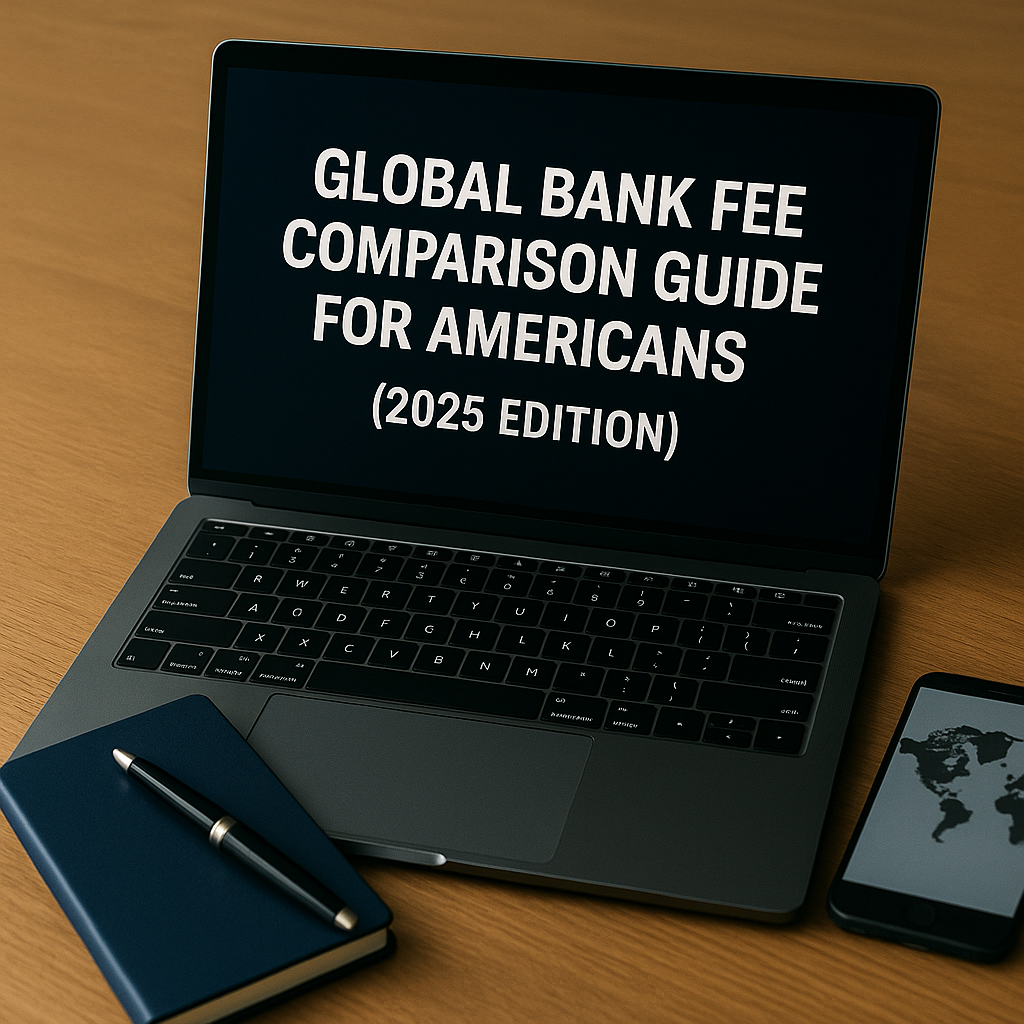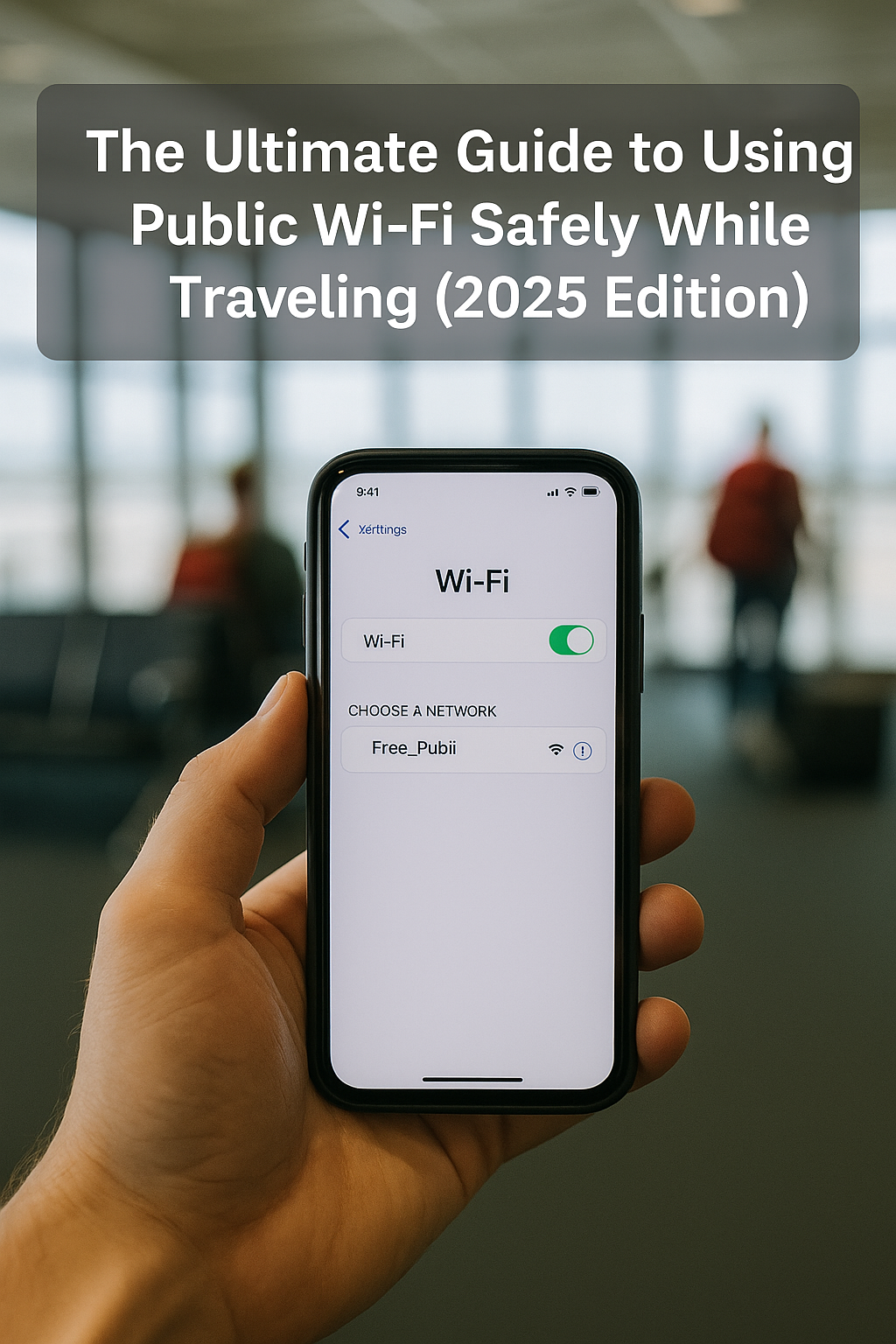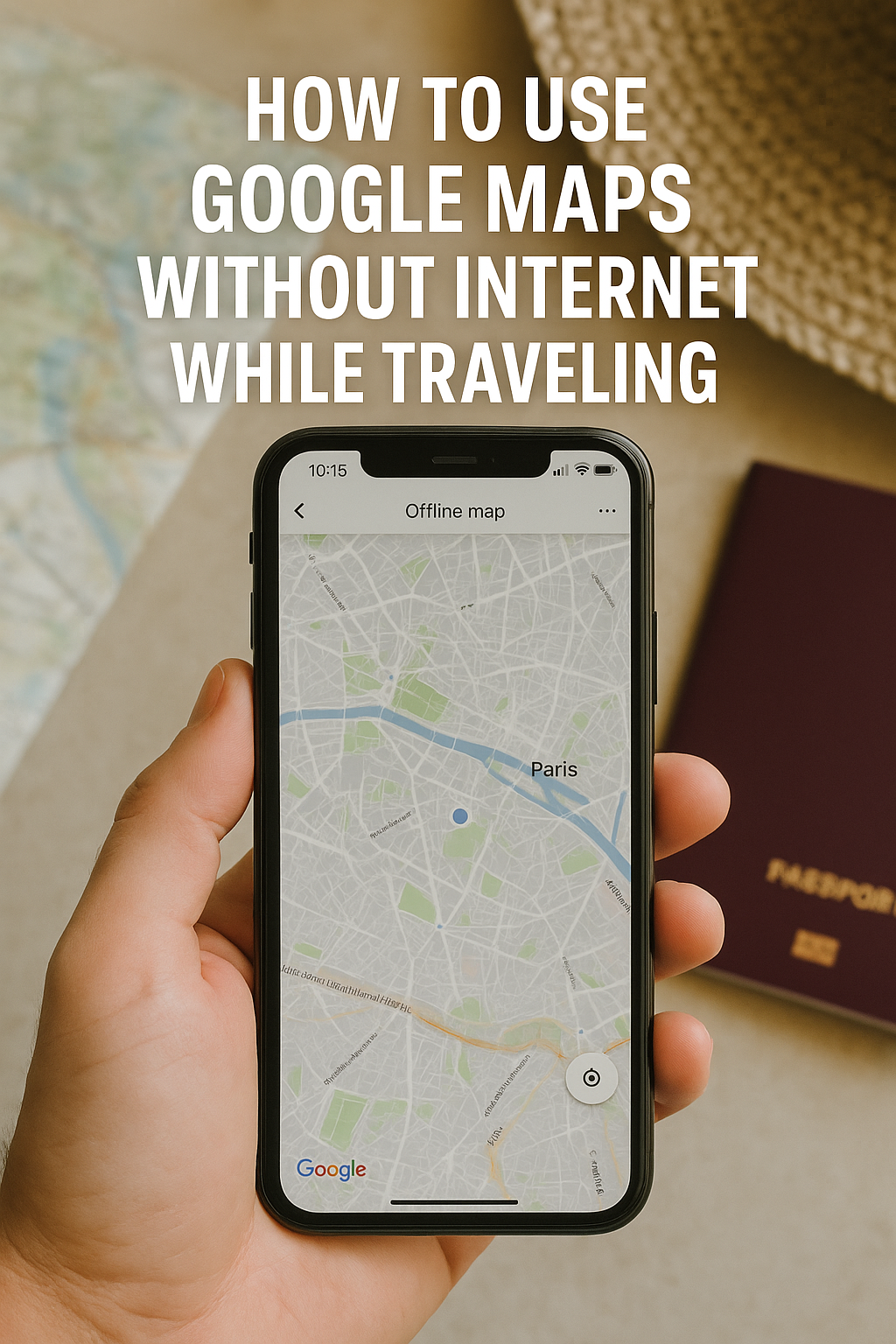Introduction
Are you an American planning to live, travel, study, or do business abroad in 2025? If so, international banking will likely be a major part of your financial routine—and bank fees can quietly drain thousands of dollars if you’re not careful. From foreign ATM fees to hidden conversion charges and remittance costs, the global banking landscape is filled with traps. But don’t worry. In this guide, we compare top global banking solutions for Americans and reveal which services offer zero or low fees, maximum accessibility, and reliable customer service across borders.
1. Understanding the Types of International Banking Fees
Before comparing banks, you need to understand what kinds of fees most people face when managing money abroad:
| Fee Type | Description |
|---|---|
| Foreign Transaction Fees | Typically 1–3% per transaction for purchases abroad |
| ATM Withdrawal Fees | Up to $5 per withdrawal + currency markup |
| Currency Conversion Fees | Hidden in exchange rates, often 2–5% |
| Wire Transfer Fees | Outbound international wires: $15–$45 |
| Maintenance Fees | Monthly charges for basic account usage |
Many banks charge a mix of these fees. Some do it transparently, others bury them in conversion rates.
2. Top U.S.-Based Global Bank Options (2025)
These banks are U.S.-licensed and offer the best terms for Americans living internationally.
A. Charles Schwab Bank – Investor Checking
- ATM Reimbursements: Unlimited worldwide
- Foreign Transaction Fees: None
- Monthly Fees: $0
- Extras: Linked brokerage account required
- Best for: Long-term travelers, expats, frequent ATM users
Known as the “expat favorite,” especially in Europe and Asia.
B. Capital One 360 Checking
- ATM Access: Allpoint network, limited international coverage
- Foreign Transaction Fees: 0%
- Monthly Fees: $0
- Mobile App: Highly rated for international users
- Best for: Digital nomads, U.S. residents traveling abroad occasionally
C. Fidelity Cash Management Account
- ATM Reimbursements: Yes, worldwide
- Currency Conversion Fees: Mid-market rates
- Minimum Balance: None
- Linked Brokerage: Optional
- Best for: Freelancers or retirees managing multiple currencies
3. Best Fintech & Online Bank Alternatives
New challenger banks offer modern, app-based solutions tailored for borderless finance.
A. Wise (formerly TransferWise)
- Account Type: Multi-currency
- Fees: ~0.4%–0.6% per currency conversion
- Card: International debit with mid-market rates
- ATM Fees: First $100/month free, then 2%
- Best for: People sending or receiving money in multiple countries
B. Revolut (U.S. version)
- Features: Crypto, stocks, budgeting tools
- Free Plan: No monthly fee, with limitations
- Currency Exchange: 30+ currencies at interbank rates
- ATM Limits: Free up to $1,200/month
- Best for: Tech-savvy users, short trips abroad
C. SoFi Checking & Savings
- ATM Access: 55,000+ ATMs via Allpoint
- Fees: No foreign transaction fee
- Cashback & APY: Yes (high interest)
- Best for: U.S.-based users who travel often and want cashback
4. International Wire Transfer Services Comparison
Sending money abroad? These platforms are often cheaper than banks.
| Service | Fee (USD) | Exchange Rate | Speed | Notes |
|---|---|---|---|---|
| Wise | $1–$5 | Mid-market | 1–2 days | Most transparent |
| OFX | $0 | Competitive | 1–4 days | Higher minimums |
| Remitly | $0–$4 | Varies | Same day – 3 days | Best for sending to family |
| Western Union | Varies | High markup | Instant – 5 days | Use only if urgent cash is needed |
Pro Tip: Never use your home bank for international wire transfers unless it’s an emergency. You’ll overpay in both fees and exchange rates.
5. Things to Avoid with Traditional Banks
Still using a big-name bank like Bank of America, Wells Fargo, or Chase? Be careful:
- 3% foreign transaction fee on every purchase
- ATM withdrawal fees up to $5 + network fee
- Currency conversion hidden in exchange rate
- Slow customer support for international issues
You’re essentially paying for the “privilege” of banking with a familiar name—while newer services do more, for less.
6. Checklist: Choosing the Best Option for You
Ask these before you choose a bank for international use:
- Does it reimburse foreign ATM fees?
- Does it charge a foreign transaction fee?
- Are currency exchanges done at the mid-market rate?
- Can you open and manage the account from overseas?
- How responsive is customer support across time zones?
Final Thoughts: Build a Fee-Free Global Banking Stack
There’s no one-size-fits-all solution, but combining 2–3 tools creates a powerful global banking setup.
Sample Stack for Americans Abroad (2025):
- Charles Schwab for ATM reimbursements
- Wise for sending/receiving multi-currency payments
- SoFi or Capital One 360 for backup banking and cashback
By 2025, you don’t need to be rich to bank globally.
You just need to be informed.









